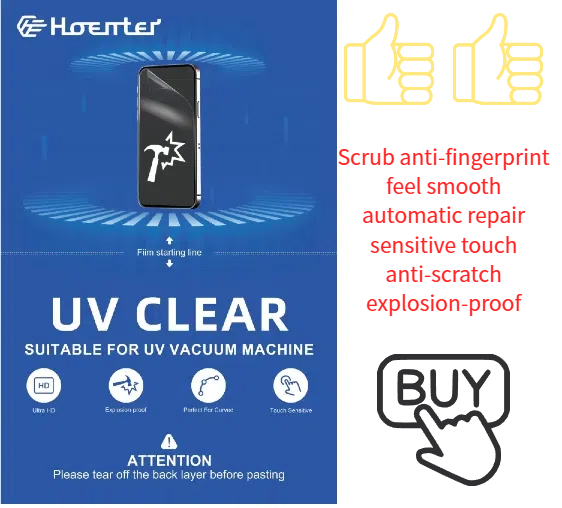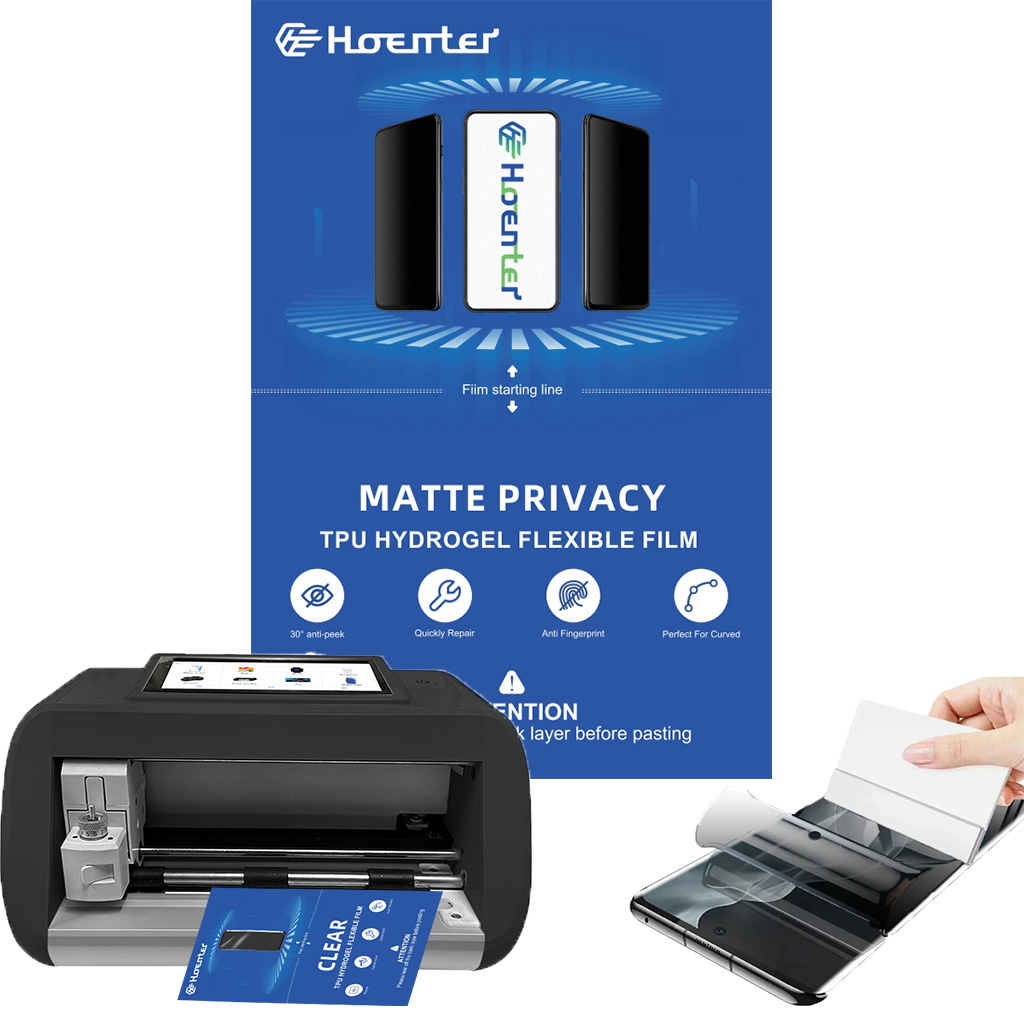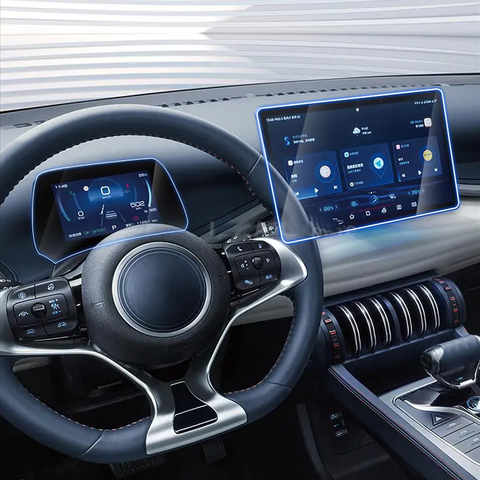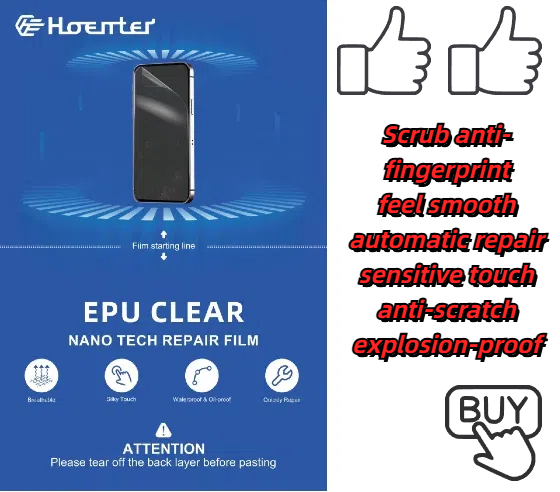
Why Prices for Phone Screen Protector Machines Vary So Much
Table of Contents
Extract
Summary
These machines are critical in the production of screen protectors, which have become essential accessories for mobile devices. Understanding the reasons behind price variation is vital for manufacturers and retailers navigating this competitive market. Competition plays a significant role in pricing, as companies often set their prices in response to competitors’ rates rather than solely on production costs. In saturated markets, even slight differences in pricing can influence consumer purchasing decisions.
Geographic pricing further complicates the landscape, with variations based on local market conditions; machines sold in high-cost urban areas tend to be priced higher than those in rural regions, reflecting differences in demand and operational expenses. Additionally, the quality of materials used in the manufacturing of phone screen protectors, such as plastics versus tempered glass, directly impacts the price of the machines. While tempered glass offers superior durability and user experience, it typically comes at a higher cost. Furthermore, external factors, including economic fluctuations and rising production costs, add another layer of complexity to pricing strategies, necessitating continuous monitoring by businesses to remain competitive. Ultimately, the interplay of these factors—market dynamics, material quality, and external economic influences—highlights the complexities behind pricing in the phone screen protector machine industry, making it a notable topic within the realm of manufacturing and consumer electronics.
Factors Influencing Price Variation
The price of phone screen protector machines can vary significantly due to a variety of factors that impact both production costs and consumer pricing strategies.
Competition-Based Pricing
One of the primary influences on the pricing of phone screen protector machines is the competition-based pricing strategy. This approach entails setting prices based on the prevailing market rates established by competitors, rather than solely on production costs or consumer demand. Businesses often analyze their competitors’ prices to determine their own pricing strategy, which may involve pricing their machines slightly above, below, or at the same level as competing products
. This is particularly important in saturated markets, where minor price differences can significantly sway customer purchasing decisions.

Geographic Pricing
Geographic pricing is another factor that affects the variation in prices for phone screen protector machines. Companies may adjust their prices based on the location of their sales. For instance, a machine sold in a high-cost urban area, such as New York City, may be priced higher due to increased demand and elevated operational costs, such as rent and utilities. Conversely, a similar machine sold in a rural area might be priced lower to align with the local market’s purchasing power and cost of living
.
Customer’s Willingness to Pay
A significant influence on pricing is the customer’s willingness to pay. Businesses must gauge how much their target market values their product and how sensitive consumers are to price changes. Products with elastic demand, such as phone screen protector machines, may see price adjustments based on consumer purchasing behavior.
Market Trends
Understanding the behavior of the target market is critical for businesses involved in the pricing of phone screen protector machines. Market segmentation plays a significant role in identifying emerging customer problems, defining marketing messages, and testing new product concepts to capture new opportunities within the competitive landscape
. As consumer preferences evolve, companies must adapt their strategies to keep pace with these changes, as ignoring market dynamics can lead to ineffective segmentation strategies.
Importance of Market Segmentation
Market segmentation is vital for developing successful marketing strategies, particularly in a diverse marketplace. Potential customers often vary significantly in age, location, income, and pain points. Thus, a one-size-fits-all approach risks missing the mark and failing to resonate with different segments of the target market
. As Seth Godin aptly noted, “Your customer isn’t ‘Everyone’,” highlighting the necessity of specificity in marketing communications.
Common Challenges in Segmentation
Businesses frequently encounter challenges when segmenting their markets. One common mistake is failing to update market segments regularly, which can result in loss of customer relevance and loyalty
. Additionally, focusing too narrowly on a small market segment may limit revenue potential, while assuming that larger segments will guarantee profitability can lead to unexpected losses. Effective market segments should be measurable, actionable, accessible, substantial, and identifiable, yet keeping up with evolving segments can be both costly and time-consuming.
Impact of External Factors
External factors also significantly impact market trends. Economic fluctuations, new competitors, and global events can all alter consumer behavior and preferences, necessitating continuous monitoring and adaptability in market strategies
. For instance, businesses in the distribution industry face unique challenges related to rising transportation costs and labor shortages, which directly influence pricing strategies for products like phone screen protector machines. By employing robust data collection and analysis techniques, companies can ensure their segmentation strategies remain relevant and effective in addressing the dynamic needs of their customer base. Ultimately, understanding these market trends and challenges is essential for optimizing pricing strategies and ensuring sustained profitability in a competitive marketplace.

Quality of Materials
The quality of materials used in the production of phone screen protectors significantly influences their price and effectiveness. Different materials, such as plastics and tempered glass, offer varying levels of protection and user experience.
Types of Materials
Plastics
Plastics are commonly used in the manufacture of screen protectors, particularly in the earlier models. Materials such as polycarbonate and ABS are favored for their flexibility and cost-effectiveness. However, while they provide some level of scratch resistance, they do not offer robust protection against impacts or drops, which can lead to screen damage.
.
Tempered Glass
In contrast, tempered glass protectors are crafted from specially processed glass that undergoes heating and rapid cooling to enhance its strength. This process makes tempered glass significantly more resilient to scratches and impacts compared to plastic alternatives.
. Additionally, tempered glass maintain a high level of visual clarity and a smooth touch experience that closely mimics the original screen, making it a preferred choice for many consumers.
Environmental Considerations
Beyond durability and aesthetics, the choice of materials also has environmental implications. Natural materials, such as organic cotton or bamboo, are biodegradable and pose less harm to the environment compared to synthetic materials, which can take a long time to decompose. As a result, eco-conscious consumers are encouraged to consider the lifecycle of the materials used in their screen protectors and other tech accessories.
.
Cost Implications
The price of screen protectors reflects the quality of materials used. Tempered glass protectors, due to their superior protection capabilities and enhanced user experience, generally come at a higher price point compared to plastic ones. However, the investment in higher-quality materials can lead to better long-term protection for devices, justifying the cost for many users.
.
Additional Costs
When evaluating the prices of phone screen protector machines, it is essential to consider the various costs that contribute to the overall pricing structure. These costs can broadly be categorized into fixed and variable costs.
Fixed Costs
Fixed costs are expenses that a manufacturer incurs regardless of production levels. These include overhead expenses such as rent for facilities, leasing fees for equipment, insurance, and contracted advertising costs
. For example, a company producing screen protector machines must budget for these fixed costs even if production is temporarily halted.
Variable Costs
Variable costs, on the other hand, fluctuate based on production volume. These include costs for raw materials, labor, shipping, and transportation. As production levels increase, the total variable costs rise due to the need for more materials and labor
. For instance, a manufacturer may need to source additional glass or plastic for screen protectors as demand increases.
Impact of Economic Factors
Economic fluctuations can also significantly impact the costs associated with manufacturing screen protector machines. Businesses that rely on commodities like glass or plastics are particularly vulnerable to price changes driven by global market conditions
. Consequently, any increase in raw material costs may necessitate an adjustment in the final prices of the machines to maintain profitability.
Pricing Strategies
The strategy used to price phone screen protector machines often incorporates both fixed and variable costs. A common approach is cost-plus pricing, where manufacturers add a predetermined percentage to their total costs to ensure a profit margin. For example, if the total cost to manufacture a screen protector machine is $600, a company may set a selling price of $780 by adding a 30% markup
. This method can provide straightforward pricing but may not account for competitive pressures or market demand effectively.
Comments

Budget-Friendly Phone Screen Protector Machines: Top Picks
In the competitive landscape of mobile accessories, offering high-quality phone screen protectors can be a lucrative venture.
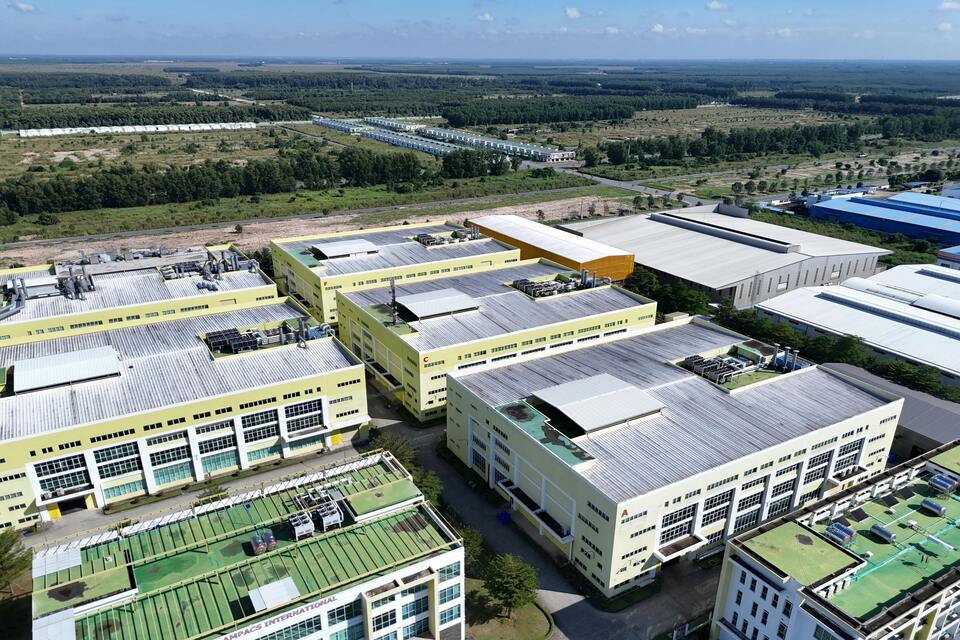
Can You Cut a Paperlike Screen Protector?
Cutting a Paperlike screen protector is entirely possible, but it requires patience, precision, and the right tools.

How to Put a Screen Protector?
By following these steps, you can confidently install a screen protector on your smartphone, ensuring it remains protected and looking new.
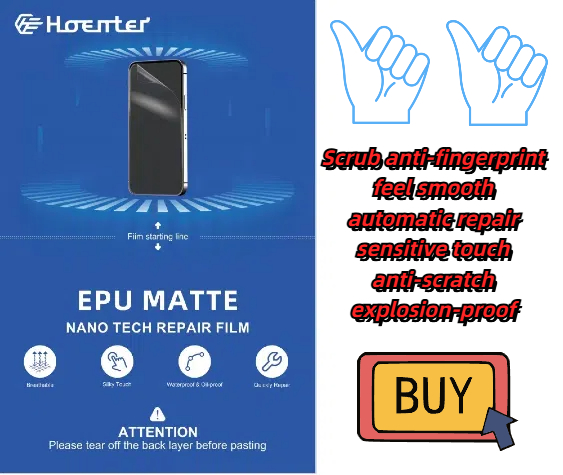
Wholesale Self Healing EPU Matte Screen Protector
Looking for self healing screen protectors wholesale? Our EPU matte film offers unbeatable protection and clarity for your customers’ devices.

HD Hydrogel Screen Protector For Film Cutting Machine
The HD Hydrogel Screen Protector is an innovative solution that offers protection without compromising the ultra clarity of your HD screen. This article will explore the features, benefits, and installation process of this revolutionary product, ensuring you make an informed choice for your beloved device.
Tags
Find All knowledge and trends from our blog, get the wholesale price and best quality from our factory.

What Film Cutting Machine and Its Application
Film cutting machines have played a crucial role in the evolution of filmmaking and various industrial processes by enabling precise cutting and splicing of film materials.

What Is a Screen Protector Cutting Machine?
A screen protector cutting machine is a specialized device designed to produce custom-fit screen protectors for various electronic devices, including smartphones, tablets, smartwatches, laptops, and monitors.

How Mobile Phone Screen Protector Cutting Machine Work?
A mobile phone screen protector cutting machine is a sophisticated device designed
to produce customized screen protectors for various digital devices with high preci
sion and efficiency.

Characteristics of Mobile Phone Tempered Glass and Mobile Phone TPU Screen Protector
Thermoplastic polyurethane (TPU) screen protectors are flexible, durable, and
self-healing plastic films designed to protect electronic device screens from
scratches, impacts, and other potential damages.

Revolutionize Device Protection with Screen Guard Cutting Machine
Whether you possess a smartphone, tablet, or smartwatch, this versatile machine accommodates a vast array of devices. It seamlessly adapts to the dimensions of your gadget, offering a custom fit that generic protectors can’t match.

Screen Protector Lifetime Warranty
A screen protector lifetime warranty is a guarantee provided by manufacturers that
promises to repair or replace a screen protector for the lifetime of the product, under specific terms and conditions.

